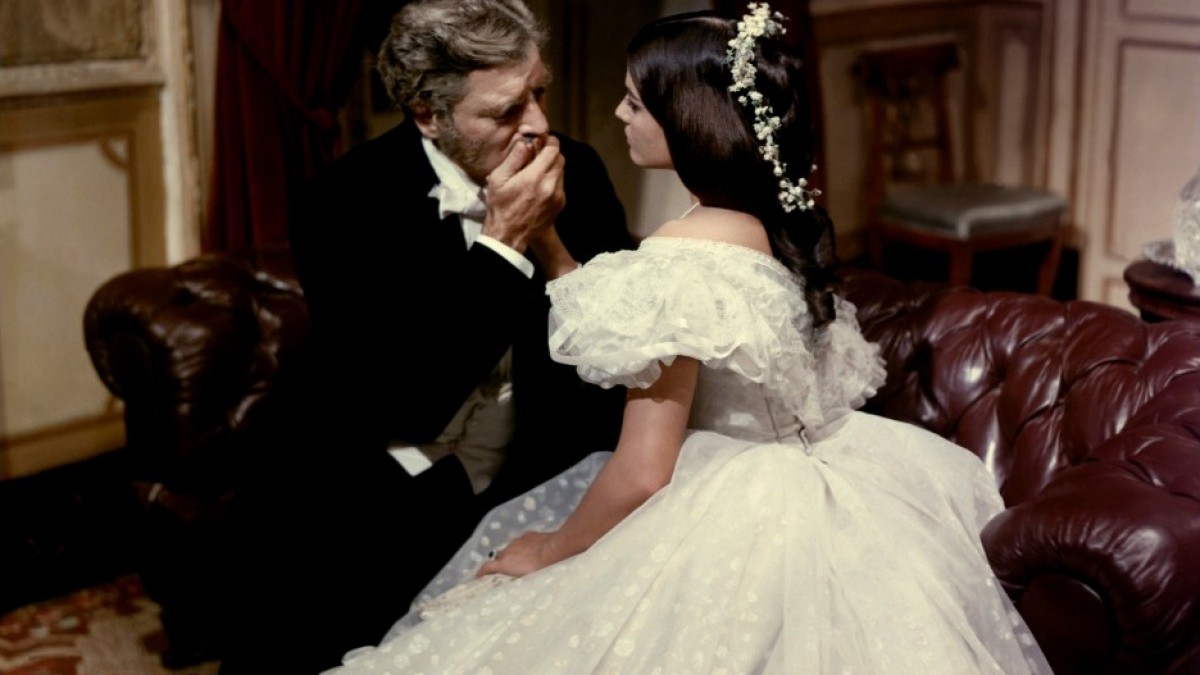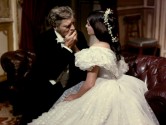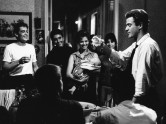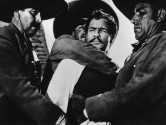
Luchino Visconti, Architect of Neorealism
Born in his ancestral palazzo, situated in the same Milanese square as both the opera house La Scala and the Milan Cathedral, Luchino Visconti (1906 - 1976) was raised under the auspices of aristocratic privilege, theater and Catholicism. This triangulation of monuments would create an equally titanic filmmaker whose work remained stylistically sui generis through arguably the most impressive decades of 20th century filmmaking. The quietude of La Terra Trema is managed with an operatic virtuosity, and the baroque period pieces—for which he is best known today—clearly point to a noble upbringing. However, there is also a Gothic character to Visconti—embodied in the spired cathedral that overshadowed his childhood—that has remained largely unsung.
The relationship between the Visconti family and Gothic architecture stretches back to the Medieval Era. In 1386, Duke Gian Galeazzo Visconti envisioned a cathedral in the heart of Milan, though it was fated to remain under construction for almost half a millennium until Napoleon ordered its completion in the 19th century. Just as his ancestor brought Northern Gothic architecture to Italy, so, in 1943, did Luchino introduce the groundbreaking cinematic genre of Italian neorealism to the peninsula.
Doing away with sets, neorealist cinema was set in the raw environment of postwar Italy. In one sense anti-architectural in its desire to transcend the bonds of interior space, this same ambition is what makes the style a perfect cinematic analog to the Gothic. The Gothic is an architecture of exteriority: Throwing ceilings to the sky and opening walls onto the outside with large windows, the Gothic presents light as the manifestation of divinity within a place of worship.
The mysticism of light, dating back to the pseudo-Dionysian theology of Abbot Suger of St. Denis Cathedral, translates well to the medium of light that is the cinema. In any Visconti work, lighting is intimately connected to set design: It is often seen in the gleam of curtains, the radiance of starlight or the glow of Milanese fog, where the director carries the religiosity of Gothic architecture into his realism.
Visconti’s religion (or should we say religions? For he was also a Marxist) adds an ethical weight, powerful and challenging, to his works. The term decadence, often associated with Visconti, only attains meaning through being in excess of contemporary mores. Neither the Catholic Church nor the Italian communists could accept Visconti’s homosexuality, and a resultant displaced angst is plainly worn by his protagonists—monumental individuals who bear the full weight of their social milieus.
While neorealism has come to be packaged with its own mythology—a new cinema for a liberated nation, the idea of a new “Italian” style—re-centering our historical gaze on the Gothic Visconti allows one’s imagination to spread across a much larger plane of geography and time. From his cinematic apprenticeship with Jean Renoir in France—the very cradle of Gothic architecture—to his German trilogy, Visconti’s style has always been one of cosmopolitan effort. This international flavor also matches the deeper etymological referent of the Gothic—the Goths, those barbarian invaders who toppled the Roman Empire. Among Visconti’s formal signatures are many borrowings from foreign directors, including the particularly pronounced influence of Jean Renoir, Josef Von Sternberg and Elia Kazan. Global in scope, timeless in influence and architectural in spirit: This is the legacy of Luchino Visconti. – Hugh Mayo, Class of 2018




















